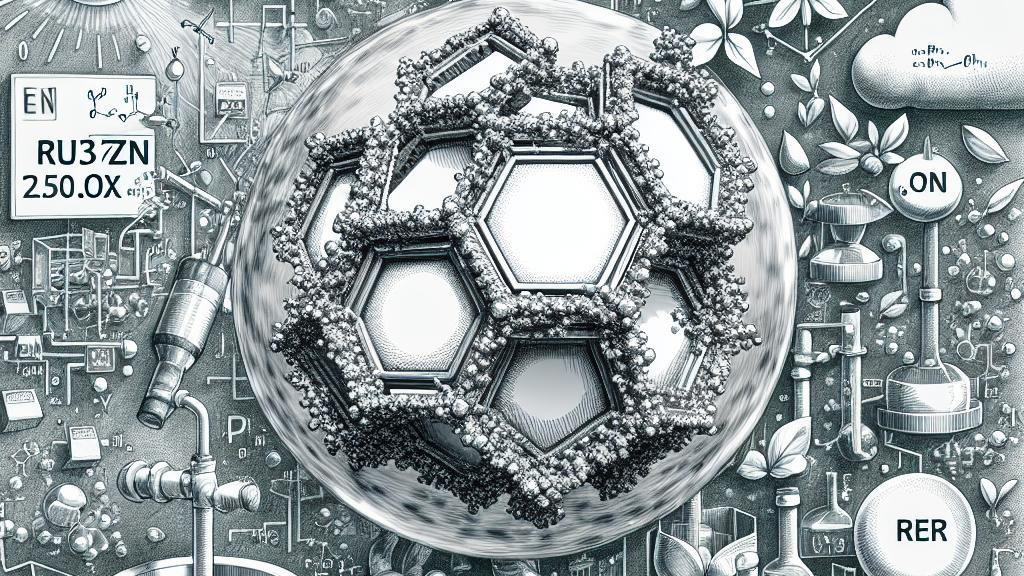New Catalyst Improves Hydrogen Production for Renewable Energy
Overview
- A groundbreaking catalyst significantly enhances the efficiency of the oxygen evolution reaction.
- Producing green hydrogen is essential for a sustainable energy future and tackling climate change.
- Innovative catalyst technologies offer promising, cost-effective solutions for energy production.

Breakthrough in Catalysts
In a remarkable breakthrough from Tohoku University in Japan, a team of researchers has unveiled an innovative catalyst known as Ru3Zn0.85W0.15Ox (RZW). This catalyst remarkably enhances the efficiency of the oxygen evolution reaction (OER) in acidic environments—a key process for green hydrogen production. Imagine a future where energy generation is not only cleaner but also more efficient, as RZW addresses long-standing challenges that have frustrated scientists for years. With RZW, we may be on the brink of radically transforming how we approach renewable energy!
Why Green Hydrogen Matters
Green hydrogen stands as a pivotal solution in our fight against climate change. Unlike conventional 'gray hydrogen,' which is produced from fossil fuels and emits harmful greenhouse gases, green hydrogen is generated using renewable energy sources through water electrolysis. During this process, electricity from sources like solar or wind is used to split water molecules, releasing hydrogen while leaving no carbon trace. Picture the profound impact if industries that traditionally rely on fossil fuels, such as transportation and heavy manufacturing, shifted to using green hydrogen; it could dramatically reduce global carbon emissions! With its vast potential, green hydrogen represents a key player in creating a sustainable and carbon-neutral energy landscape.
The Science Behind RZW
Delving into the science of RZW, we discover a fascinating interplay of materials at work. This catalyst employs a unique combination of tungsten and zinc that optimizes its performance. Initially, when zinc dissolves in the process, it releases electrons that tungsten captures, which in turn enhances the catalytic activity at the ruthenium sites. This intricate dance between elements not only improves the catalyst's efficiency but also ensures its structural integrity is preserved—effectively turning what was once a challenge into a groundbreaking advantage! By demonstrating this clever material design, the researchers pave the way for future innovations that could minimize energy loss and maximize output.
Looking Ahead
As we look to the future, testing the RZW catalyst in full electrolyzer systems will be the next crucial step. This real-world application is essential; if RZW performs successfully, it could lead to a significant lowering of costs and an increase in the accessibility of green hydrogen production. Imagine a world where clean energy is abundant and affordable, transforming entire industries and lifestyles. The advances in catalyst technology could become the backbone of a sustainable energy future, helping us combat climate change and empowering people to embrace renewable energy as the norm rather than the exception. The potential is limitless, and the time to act is now!

Loading...